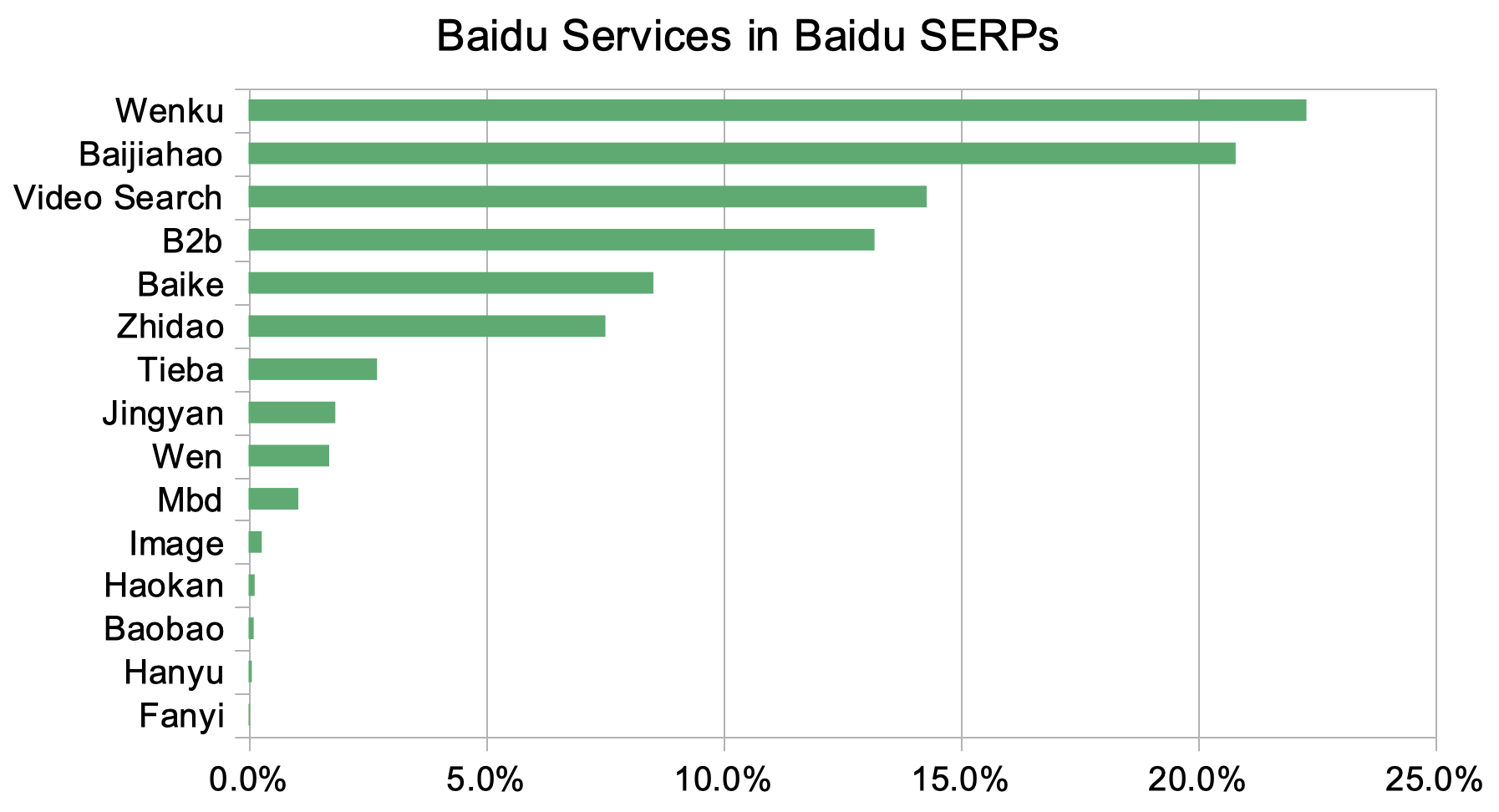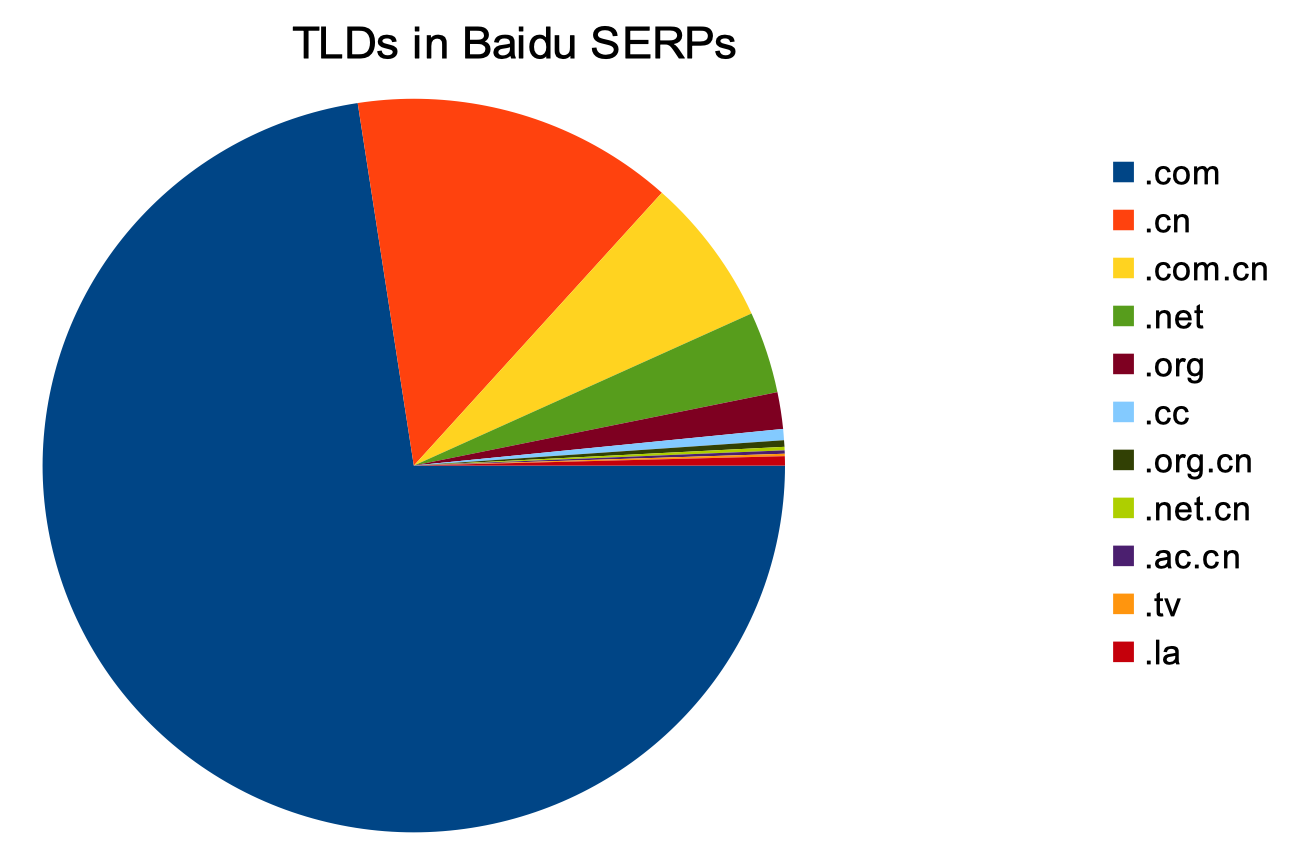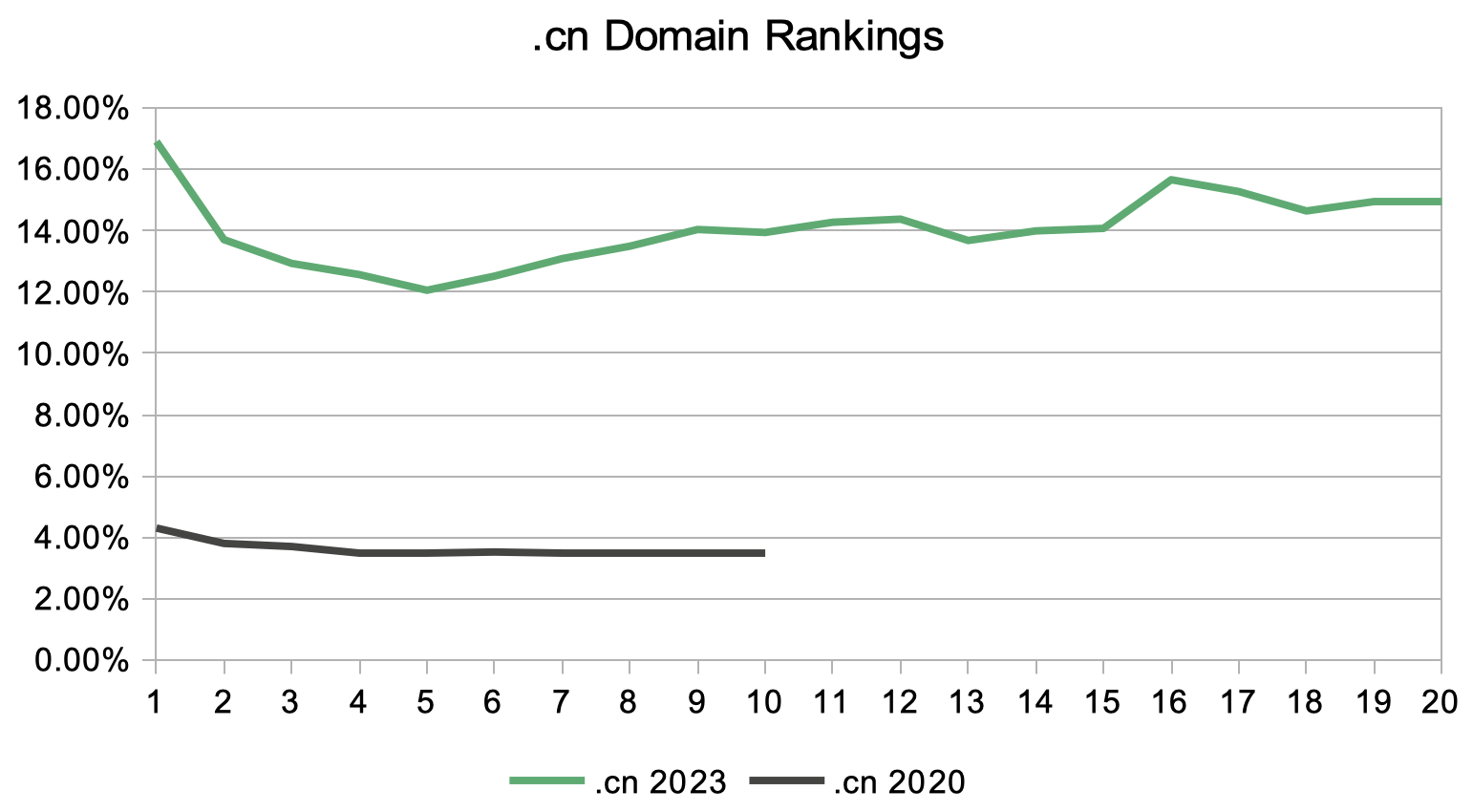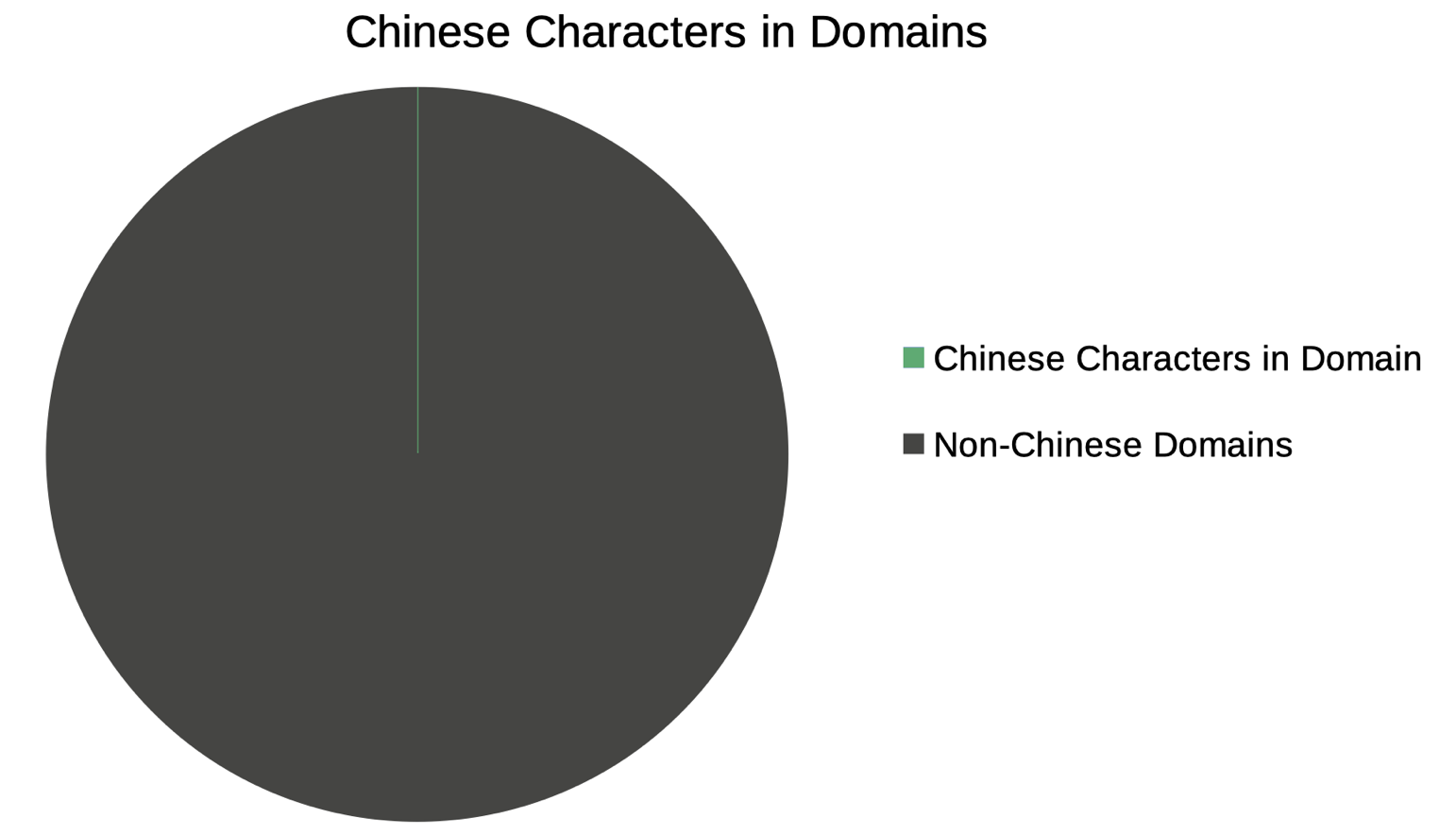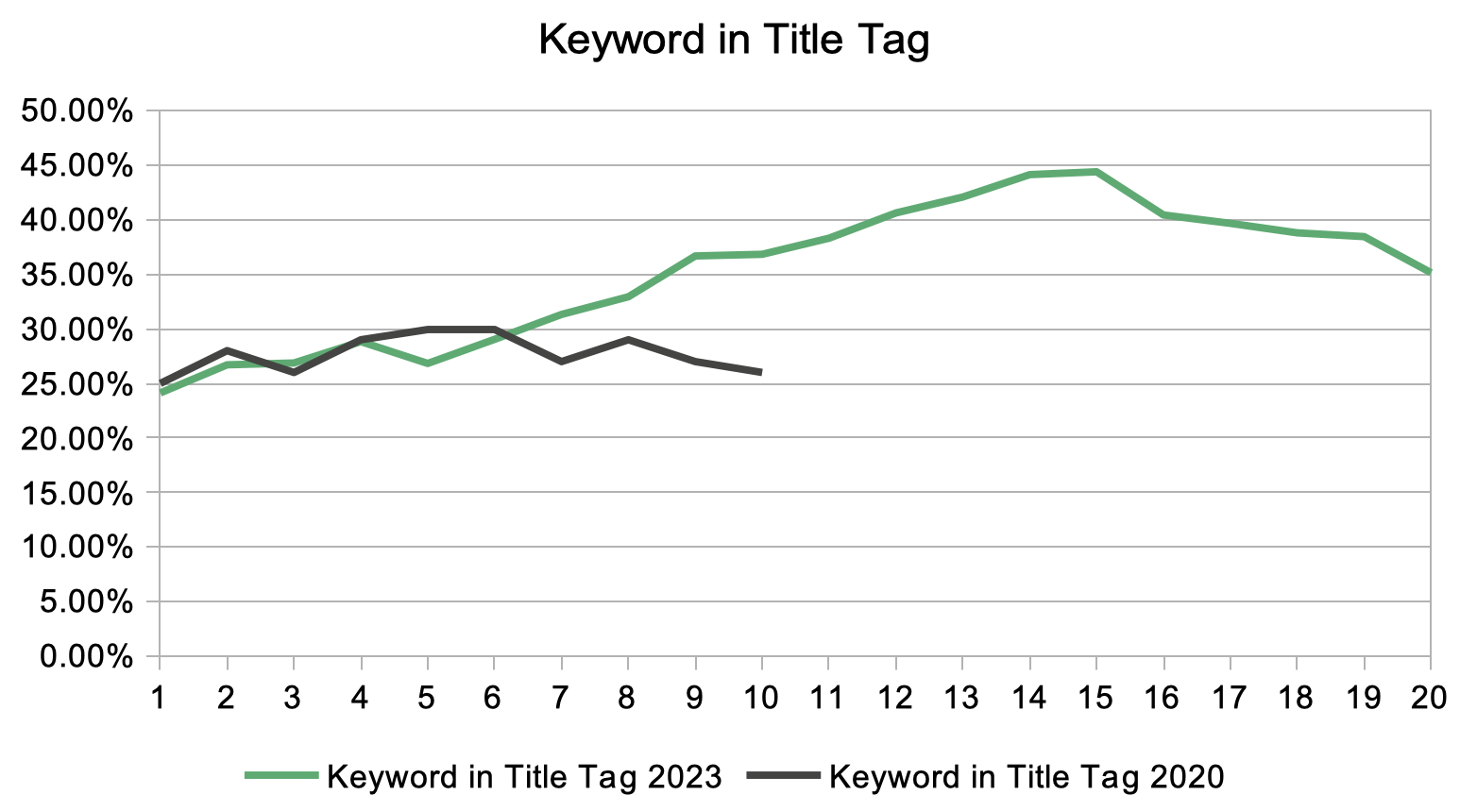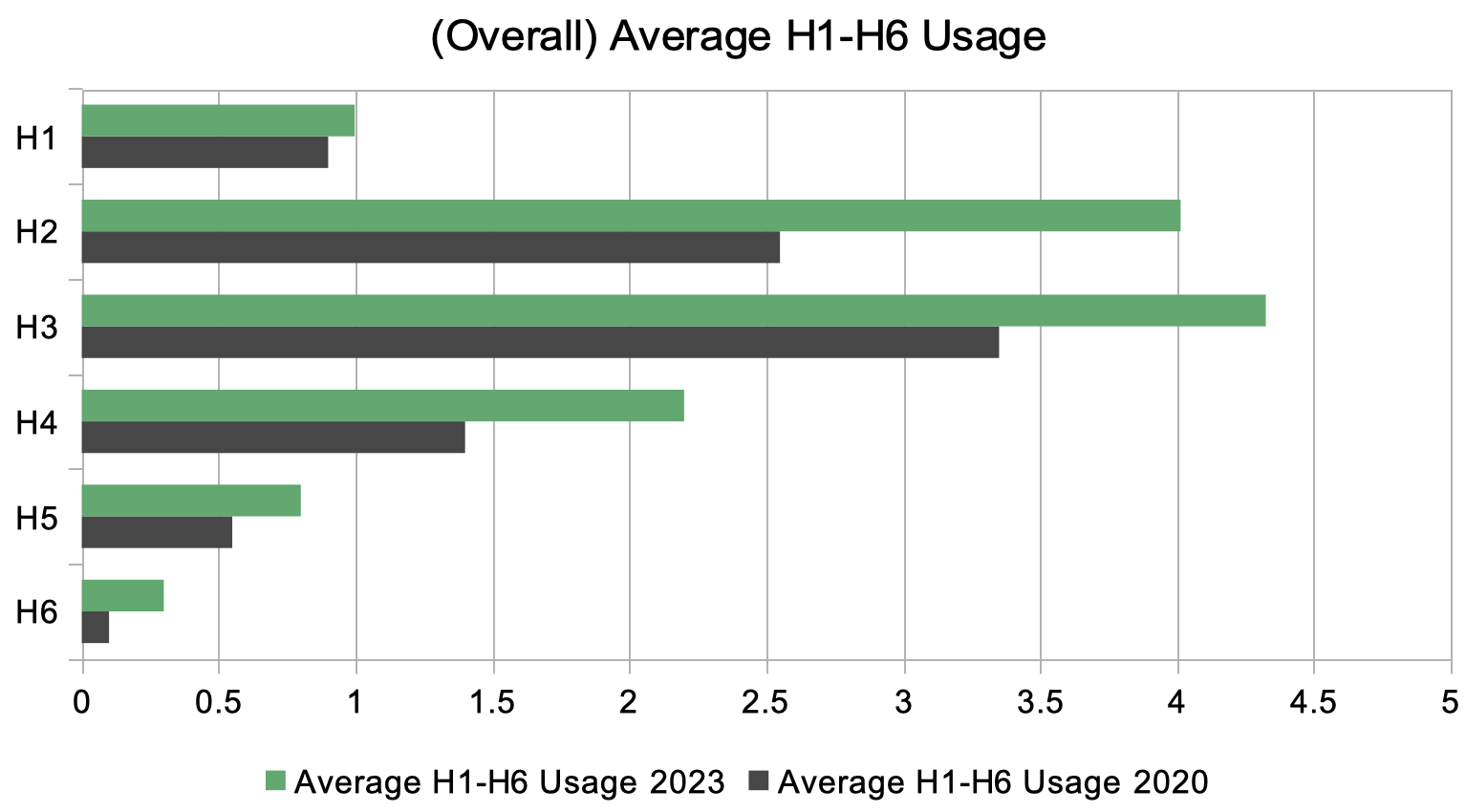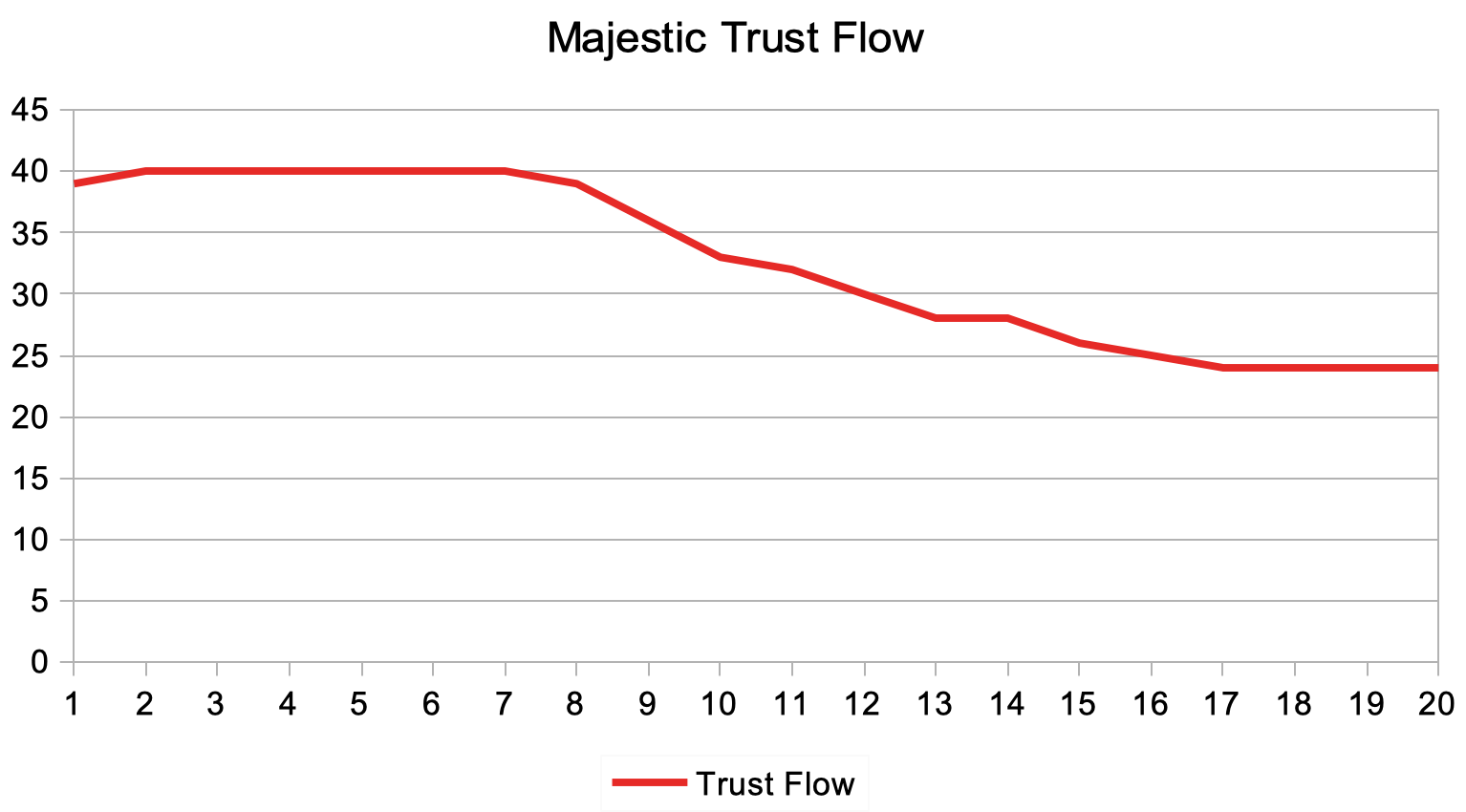
¿Qué novedades presenta Vips para Navidad?
La temporada navideña es una época especialmente significativa para Vips, ya que representa la época de mayor afluencia de clientes en nuestros restaurantes. Durante este tiempo, nos enfocamos en la innovación, especialmente en nuestra oferta icónica: los panqueques. Son un símbolo distintivo de nuestra marca, y por ello, nos esforzamos en crear una edición limitada que destaque. Este año hemos centrado nuestros esfuerzos no sólo en el excepcional sabor de nuestros productos, sino también en su aspecto visual, la experiencia que ofrecen y su capacidad para captar la atención.. Por eso nuestra propuesta navideña es más impactante que nunca: presentamos 3 variantes de panqueques y 2 bebidas especiales.
Nuestras nuevas creaciones de panqueques han sido diseñadas para satisfacer una amplia gama de gustos. Para los amantes de los sabores de galletas, ¡ofrecemos Chips Ahoy! Tortitas, ideales para quienes disfrutan de los dulces sin ser fanáticos del chocolate. Además, hemos creado Red Velvet Pancakes, perfectas para los amantes de los sabores dulces y delicados, y para los apasionados del chocolate, hemos desarrollado Walnut Pancakes.
En cuanto a las bebidas, buscamos tener propuestas diferenciadoras sin llegar a ser un batido, para acompañar las nuevas tortitas navideñas. Por eso hemos trabajado una bebida fría, tipo frappé, y otra caliente con chocolate y crema Lotus Biscoff.
¿Qué acciones vais a realizar para dar a conocer estas noticias?
Nuestro objetivo es que Vips vuelva a formar parte de la cultura popular y por eso durante estas fechas navideñas buscamos que comer tortitas en VIPS forme parte de los planes navideños de España, lo que con el tiempo se convierte en una nueva tradición durante la Navidad. Para lograr este objetivo, hemos diseñado un completo plan de comunicación 360° que abarca desde medios convencionales hasta nuevos formatos y experiencias de consumo.
Comenzamos el 14 de noviembre con el lanzamiento del producto en nuestros restaurantes y con él nuestra campaña de comunicación. Este año hemos decidido cuestionar la inercia de las personas durante estas fechas navideñas. ¿Por qué todos los planes son cenas de Navidad? La Navidad es una época de agendas llenas, semanas ocupadas con muchas cenas y comidas, los restaurantes están muy llenos y es muy difícil quedar con todos. ¡Y en Navidad hay más gente para ver que días para cenar!
Por eso, desde la marca queremos reivindicar los snacks como una solución a este problema. Las meriendas son las nuevas cenas, una solución que te permite equilibrar agendas con las personas que quieres. ¡Incluso es un buen momento para deshacerse de un compromiso! Además, es un momento más informal, más relajado y aún más accesible. (Y es que si quieres cenar con todos no tienes tantos días ni dinero). Este plan de comunicación estará en medios digitales, redes sociales durante todo el periodo navideño y incluye “Meriendas On Tour”, una experiencia de consumo que consiste en un recorrido ligero por Madrid en el autobús VIPS que tendrá lugar los días 19, 20 y 21 de diciembre. Una experiencia que deparará muchas sorpresas para todos los públicos, y que ofrece un plan navideño que culminará con la degustación de nuestras tortitas de edición limitada en nuestros restaurantes.
¿Qué es lo que más vendes en Navidad?
En cuanto al producto más vendido, en Navidad, concretamente en el momento del consumo de snack, destacamos que casi el 60% de los Entradas Incluyen panqueques (tanto de edición limitada como clásicos).
¿Qué significa este tiempo para la marca, cómo cambian los hábitos de sus clientes?
La Navidad es la época de mayor venta y tráfico en nuestros restaurantes, especialmente de snacks, una época de consumo estratégico para la marca. El año pasado, los meses de noviembre y diciembre (campaña navideña) fueron donde tuvimos el mayor crecimiento en ventas y tráfico del año., especialmente en el segmento de snacks donde crecimos clientes de dos dígitos. Parte de este crecimiento viene gracias a las Tortitas Navideñas, las cuales se han convertido en un lanzamiento muy esperado por nuestros clientes, convirtiéndose en un éxito año tras año. Los resultados de nuestro negocio son un reflejo de lo que sucede en la calle, y la Navidad es una época de celebraciones y reuniones con amigos y familiares, y suele implicar salir a comer, ver las luces, ir de compras, etc. La gente quiere pasar tiempo con sus seres queridos y para eso VIPS es una opción perfecta porque es un lugar de encuentro donde todos pueden encontrar algo que les guste.
¿Cómo va vuestro plan de expansión?
Estamos ante un hito histórico para la marca, hemos abierto 25 restaurantes en los últimos dos años, que nos están dando muy buenos resultados. Nuestro objetivo es seguir creciendo con la estrategia que estamos llevando a cabo, realizando un análisis detallado del mercado, eligiendo las ubicaciones que mejor se adaptan a nuestro modelo de negocio. ¡Estamos en la temporada con más VIPS de la historia!
¿Qué objetivos se marcan para 2024?
Nuestro principal objetivo es seguir construyendo y evolucionando una marca icónica y confiable para conquistar nuevas audiencias y nuevos momentos de consumo. Para conseguirlo, nuestro foco está en seguir acercando las últimas tendencias para ofrecer una experiencia cotidiana, única y accesible, una gran experiencia de cliente que viene de la mano de la renovación de nuestras instalaciones y otros proyectos estratégicos como nuestro recientemente lanzado Club de Fidelización. . ClubPor. Todo ello, apostando por una comunicación relevante apostando por la creatividad.
Es un sector con muchas marcas consolidadas, ¿cómo buscáis diferenciaros desde el punto de vista comunicativo?
Tenemos claro que para hacer de VIPS parte de la cultura la comunicación no debe centrarse en explicar qué es VIPS o cuáles son sus novedades con una comunicación basada en la racionalidad. Nuestro principal objetivo es conectar con las personas y lo hacemos desde la experiencia de marca. VIPS lleva muchos años entre los consumidores, conociendo bien los gustos y peculiaridades de las personas. La marca habla desde la experiencia, pero no lo hace desde el punto de vista de un observador lejano. VIPS es una marca cercana, que se presenta como una más, una marca cercana que vive y se integra con las personas.
Pertenecemos a un sector muy competitivo con muchas marcas consolidadas, con cadenas de restaurantes que son una opción segura por disponibilidad física, mental, asequibilidad. Sin embargo, VIPS es diferente, incluye los beneficios del catering organizado, pero al mismo tiempo lo une con el mundo de los independientes, por innovación y variedad. Lo que nos hace únicos es lo que hemos puesto en primer plano en nuestra comunicación “VIPS no es normal”, celebrando nuestras peculiaridades, pero también las de las personas, a partir de insights para generar conversaciones en torno a la marca.

¿Quién es su público objetivo?
VIPS es un lugar que va más allá de la comida, no es solo comida, un lugar de socialización donde puedes conocer gente muy diferente. Es un sitio inclusivo, donde puedes quedar con grupos de amigos de la universidad o con tu abuelo y sus amigos, con familias… Entonces, no tenemos un target sociodemográfico ni de edad específico, somos una marca que atrae a muy diversos. clientes y en diferentes momentos de consumo, que es nuestra fortaleza, pero también un desafío. Desde la marca lo que buscamos es conectar, por eso nos centramos en un target actitudinal. Estamos dirigidos a aquellas personas amenas, sociables, curiosas que viven la comida fuera de casa como un momento de ocio, que les gusta probar cosas nuevas, pero al mismo tiempo, quieren poder disfrutar de los clásicos de siempre.
¿Cuáles son los momentos más importantes del año para el departamento de marketing?
Durante el año tenemos varios momentos importantes para nosotros, pero sin duda si tuviera que resaltar uno, el momento en el que comenzamos a reflexionar sobre el plan de marketing hasta terminar de alinearlo con los socios y la empresa. Para nosotros es la época del año crucial para investigar, cuestionar lo que hemos hecho durante los meses anteriores y detectar oportunidades para el negocio. Es la hoja de ruta para cada uno de los que conformamos la marca, para el negocio y para nuestra agencia creativa y medios. Además diría que para nosotros cada lanzamiento de campaña también es importante, es un proceso largo, que nos lleva meses y en el que centramos todos los esfuerzos de marca, presupuesto, equipos, todo lo disponible para sacarle el máximo partido a la campaña. campaña. .
¿Cuántas personas componen este departamento?
El equipo de marketing está formado por 8 personas, entre ellas Sandra Carrasco, que dirige el departamento como directora de marketing. Estamos divididos en tres áreas diferentes, pero trabajamos en equipo para conseguir los mejores resultados. En el área de marca somos tres personas, Sara Muñoz, Raquel Sesmero y yo. Nos encargamos de definir la estrategia, posicionamiento y comunicación de la marca. Sara y Raquel son las fuerzas impulsoras para que todas las campañas se hagan realidad y consigan los objetivos que nos marcamos. Tenemos un equipo dedicado, tenemos un equipo dedicado a la innovación de producto, Sebastián Lahoz y Alba Díaz, con quienes empieza todo y que trabajan en el corazón del negocio, trabajan en la estrategia del producto, desde qué lanzar, hasta lo nuevo. platos que llegan a los restaurantes. Y por último, el equipo de Local Store Marketing, Javier Morante y Nacho Castillo, que se encargan de llegar donde no podemos llegar con las campañas, con aperturas y planes de acción local, acercar la marca a la gente, llegando a los barrios a través de patrocinios del equipo. .
¿Con qué agencias trabajas?
Llevamos un año trabajando con Mono Madrid, Es la agencia que buscábamos, una extensión del departamento de marketing. Nos ayudan estratégicamente con las campañas, a simplificar los problemas que tenemos con los clientes desde el punto de vista de negocio, pero también de marca, y a la vez tienen muy bien el tono VIPS, que nos ayuda a conectar con el público. Además, trabajamos con Arena media, es la agencia encargada de dar forma a la estrategia de medios de la marca que hemos llevado a cabo en los últimos años. La agencia de medios es para nosotros una pieza fundamental, no sólo por la compra de medios, sino porque también nos ayudan a darle sentido a la estrategia de marca.
Con información de Digiday
Leer la nota Completa > Raquel Martín: “Estamos en la época con más Vips de la historia. El objetivo es volver a formar parte de la cultura popular” | Marcas










